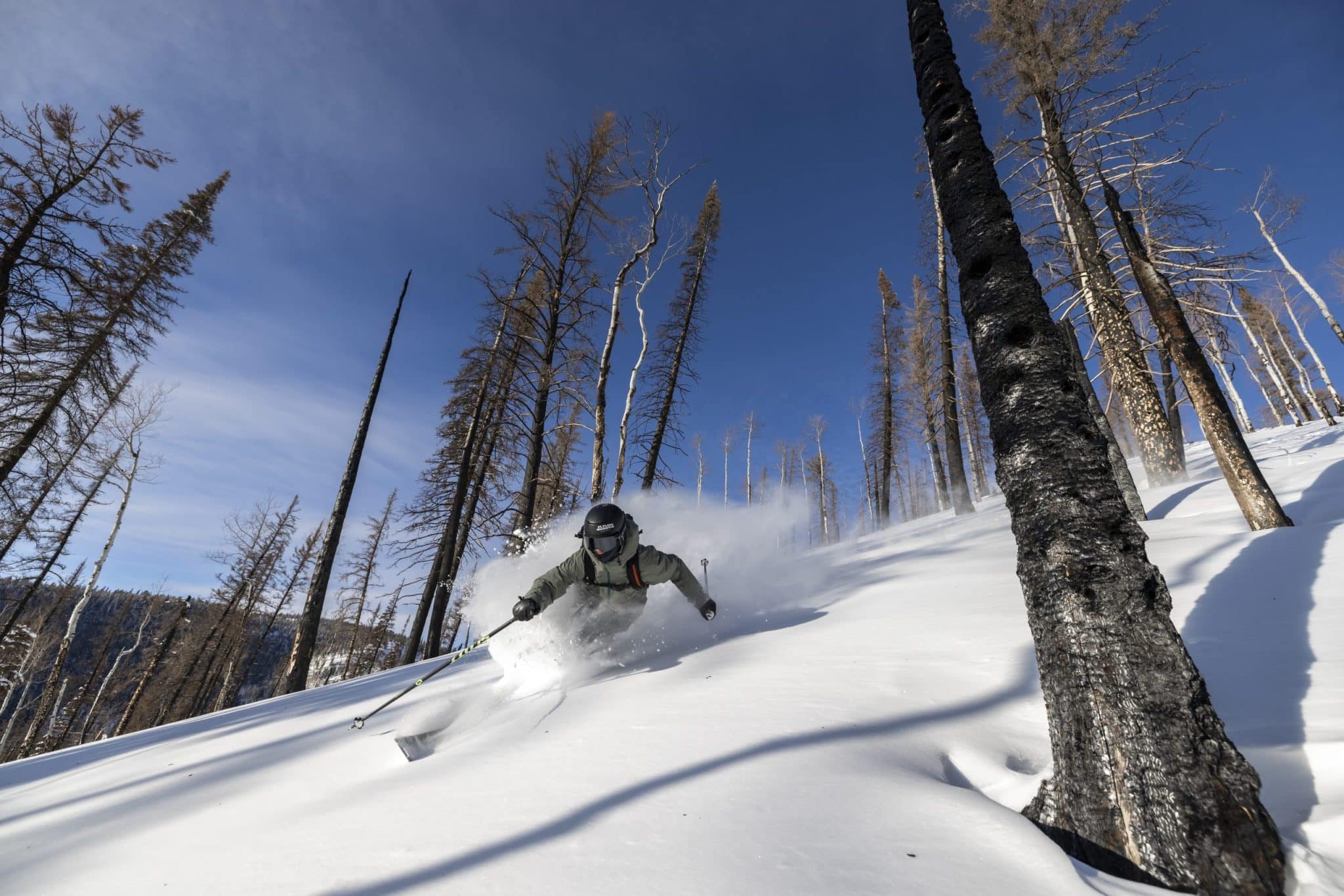
Safety in the Backcountry
Backcountry skiing and snowboarding offer a whole different world of adventure from the groomed trails and crowds of resorts. It can be immensely rewarding if you have the proper tools and knowledge.
Know Your Limits
Knowledge of yourself and the mountains is a critical first step in any backcountry trip. Be familiar with winter mountain weather, particularly the forecast for that day, as conditions can change spontaneously. An area that was safe to travel to yesterday may not be safe tomorrow. Skills are also an important factor to consider. If you aren’t an expert skier or snowboarder, it would be wise to start with a local backcountry guide or group. If you run into an obstacle in the backcountry, you’ll be left to your own devices to figure out a solution.
Gear
Speaking of devices, having the right gear in the backcountry is essential. Beacons, while costly, can mean the difference between life and death. Beacons transmit and receive a radio signal to locate victims buried by snow. As there are many brands across different price ranges, some research will be required to find the right fit for you. You will then need to practice with it to ensure you fully understand its use. Again, this is a situation where your life is on the line, so a learning curve is worth it. Next is the avalanche probe, which, working in tandem with the beacon, will help pinpoint the victim under the snow once their location is revealed. Lastly, the shovel is an integral piece of the whole operation. You will need to shovel out the victim once found. Shovels can be heavy and bulky to carry, and plastic won’t cut it, but they are crucial to moving the pounds of snow packed in from the avalanche.
Packing
You’ve got the top three essentials; now you need to pack the rest. A suitable backpack is vital. You’ll need space for extra layers, plenty of water, food, emergency supplies like a space blanket, a first-aid kit, a lighter, and an emergency shelter. A helmet, headlamp, navigational tools, and a way to communicate (something like a Garmin InReach) are necessary as well.
Courses
There’s a wealth of resources available for avalanche education. Attending a clinic, course, or program is a great way to bolster existing knowledge. Places like AIARE offer a dense curriculum of different courses. Other outlets to look into would be local outfitters and guides, who sometimes offer awareness courses as well. When it comes to backcountry safety, you really can’t know too much.



